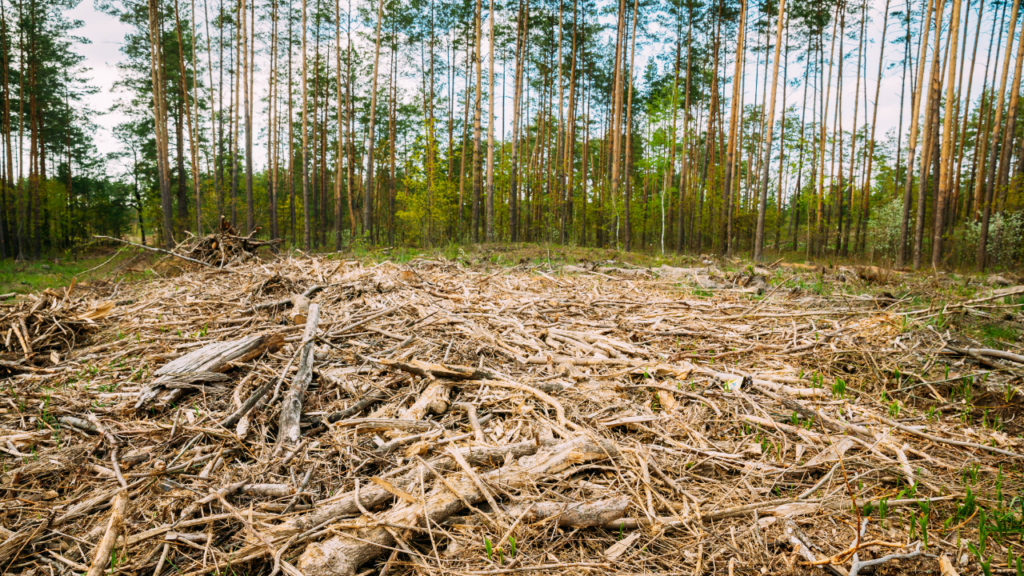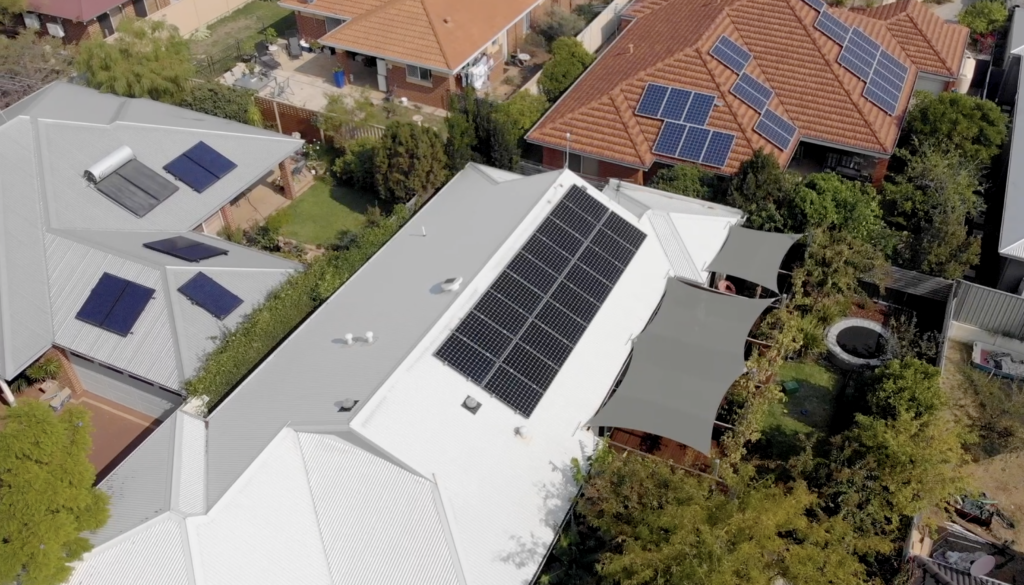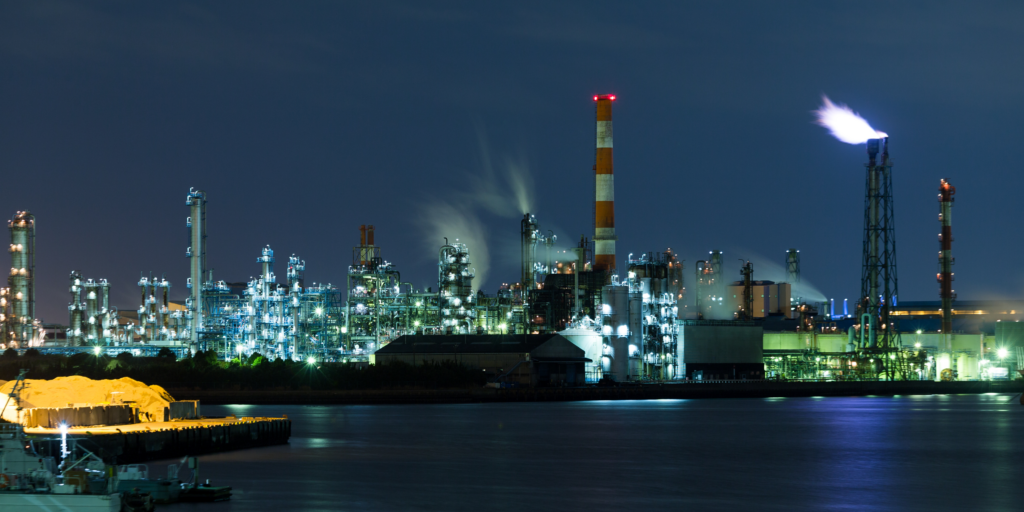Recently, there has been a big push from the gas industry to promote ‘biogas’ (also known as ‘biomethane’ or ‘green gas’) as a climate solution.
Let’s cut through the political spin and look at the facts.
Key points:
Benefits of biogas include its value for curbing methane emissions, reducing waste, and as a chemical product unto itself.
Though biogas (and renewable hydrogen) has many potential benefits as an energy source, it is often co-opted by the gas industry to mislead the public and prolong the life of fossil fuels in our energy system.
Shortcomings of biogas include:
- there are insufficient amounts;
- it can do little to help us reach our emissions reduction targets; and
- it is being used as a smokescreen for the gas industry to delay real action on climate change.
What is ‘biogas’ and why do we need to be cautious?
‘Biogas’ is a form of methane produced by the fermentation of organic matter. The terms ‘biogas’, ‘biomethane’ and ‘green gas’ are all synonyms. They refer to the same product, and it is ‘renewable’ since it is produced from organic matter like food and agricultural waste that will be generated in perpetuity.
Though biogas is a type of renewable gas, not all renewable gases are biogas. Another prominent renewable gas is renewable hydrogen – yet another gas competing for investment and widespread rollout across the country. As with biogas, hydrogen’s potential is also misused and exploited by the gas industry.
The gas industry has spent decades using greenwashing tactics, trying to convince the public that gas is ‘natural’ or anything other than a fossil fuel causing climate change and harming our health. As it begins to lose this fight, it has chosen another front to fight on: biogas. While biogas may have some role in the fight against climate change, it is vital to be cautious with it.
‘Biogas’ and its aliases – biomethane, green gas, renewable gas – is gaining currency as the world moves to decarbonise. Biogas is distinct from the fossil fuel-based ‘gas’ that is piped into homes and businesses around the world. But conveniently, since biogas and ‘gas’ are more-or-less chemically identical, biogas can still be introduced into our pre-existing gas network.
As with other technologies like carbon capture and storage, biogas is often used as an elaborate distraction and a delay strategy. Rather than committing to substantive action on climate change, such as rolling out proven technologies like wind and solar, improving efficiency and electrification, the fossil fuel industry touts renewable gases and other solutions that maintain the value of their sunk investments while buying ‘social licence’ to keep polluting, allowing these companies to to maintain business as usual for as long as possible.
Biogas is no substitute for wide-scale electrification and renewables uptake, decarbonising industry and transport systems, or simply making our energy use more efficient.
The most important thing to know about biogas is that there are limits to how much we can produce. There is simply not enough biomass to generate the quantity of biogas required to replace our current usage of gas.
Is biogas valuable in a renewable energy future?
Biogas will have some role in our energy mix as we transition to a low emissions economy. But the role that biogas might play shouldn’t be determined by the existing gas industry vision.
Some of the benefits include:
Capturing stray methane: The biomass that acts as a fuel stock for biogas is organic waste and comes from a variety of sources, like agricultural waste, food waste, and wasted crops, all of which typically produce methane emissions. Methane is a powerful greenhouse gas, capable of heating the planet by up to 100 times more than carbon dioxide in the short term. By capturing, then using this methane, we can prevent these emissions from escaping to the atmosphere and exploit their potential to provide energy.
Reducing emissions in hard-to-abate sectors: While wind and solar, electrification, renewable hydrogen and energy efficiency will play a bigger role than biogas, there are some tasks that will be simpler to accomplish with biogas. This includes using it as a chemical feedstock in some manufacturing processes, and in the refining of some metals.
Reducing waste: In many cases, the biomass used to produce biogas would typically wind up in landfill, meaning its nutrients are not necessarily circulated through the ecosystem. By utilising the biomass to create biogas, it’s spared from waste. Further, the solid byproduct of producing biogas – the digestate – can be used as fertiliser.
The bottom line: Biogas will play only a limited role in our clean energy future
Australia does not produce enough organic waste to generate the volumes of biogas required to satisfy today’s demand. At the global level, optimistic scenarios developed by the International Energy Agency show that biogas has the potential to replace just 20% – or one-fifth – of the world’s demand for gas. While it can play a part in reducing fossil fuel use, limiting climate harm means replacing virtually all consumption of coal, oil and gas with zero emissions alternatives.
We therefore need to prioritise investment in wide-scale electrification, increasing energy efficiency and rapidly scaling up other forms of renewable energy such as solar and wind.
Put simply, biogas is being used to justify delaying stronger action today. Plans by big gas users to reduce their emissions by mixing a little biogas into their networks are being used to delay the inevitable transition to a zero emissions energy system. What is ultimately needed is a plan to eliminate the use of fossil fuels – coal, oil and gas – wherever they are used today.










